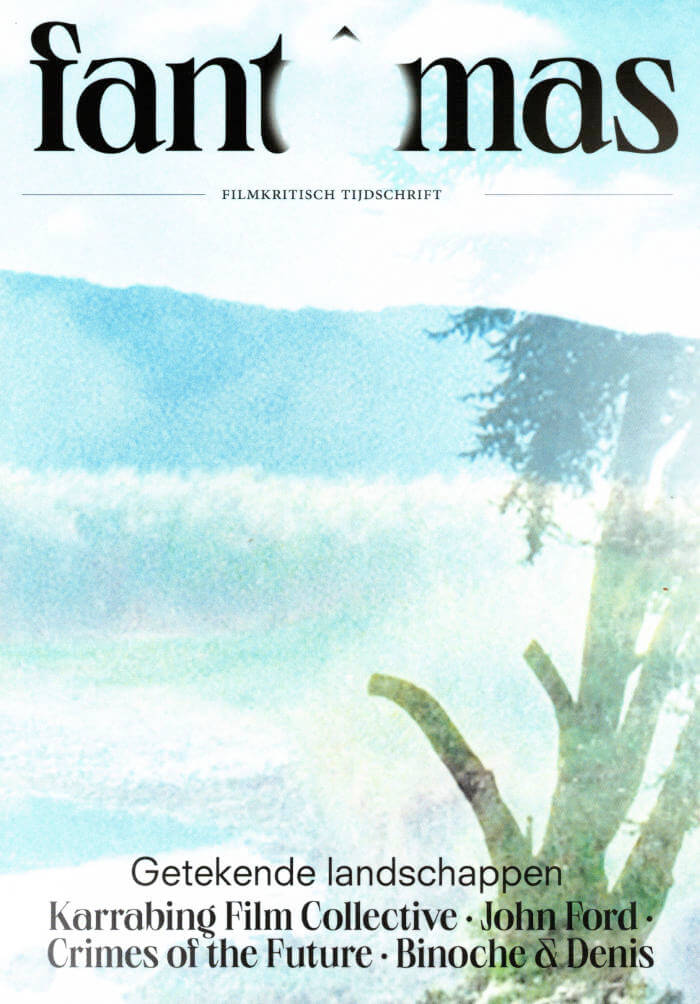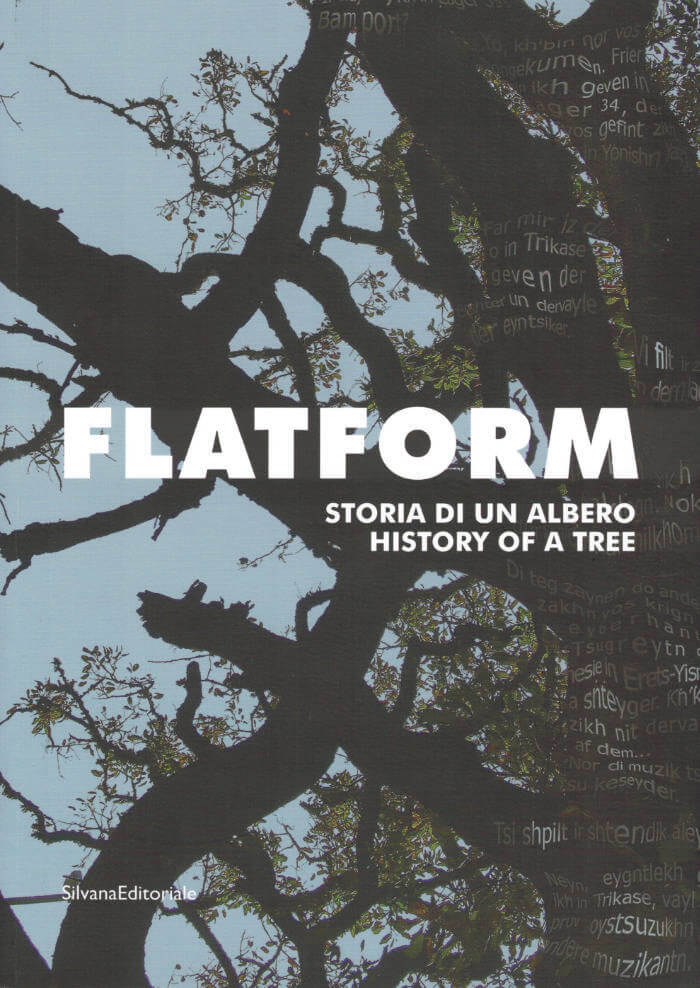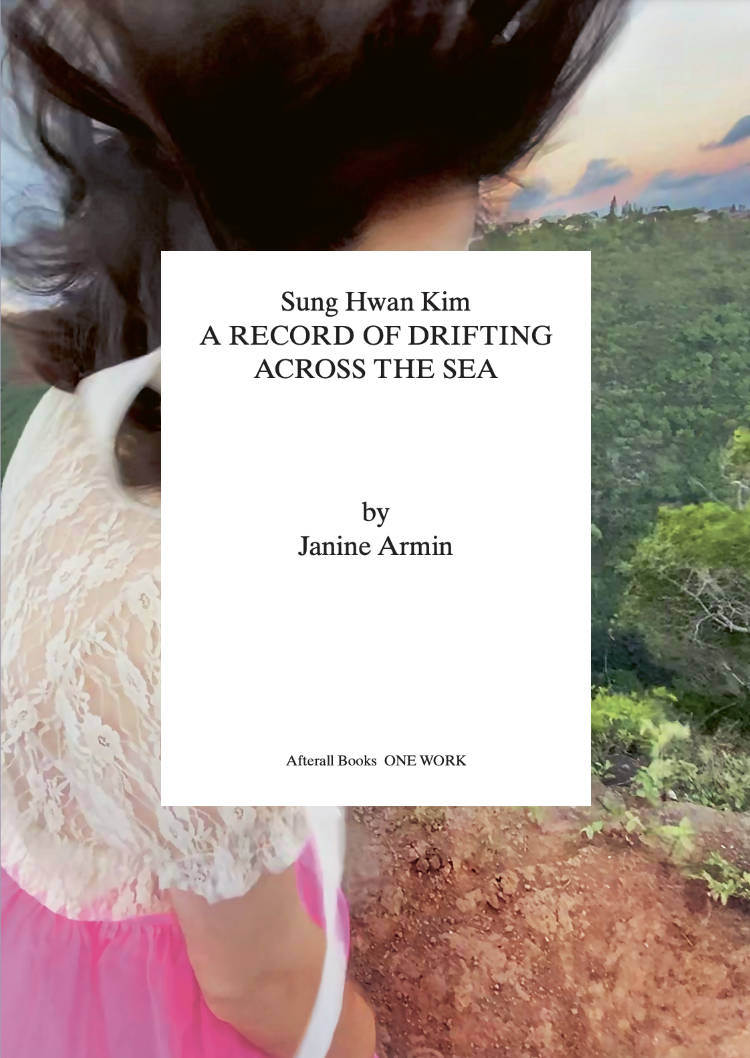
Fantomas #4 — Getekende Landschappen
Bart Versteirt ed., Bjorn Gabriels ed., Inge Coolsaet ed.
Terwijl film station per station de moderne tijd bracht, verdween schijnbaar natuur steeds meer uit ons blikveld. Tegelijk zorgt film tot op vandaag voor nieuwe manieren om natuur te portretteren. Op het kruispunt van verdwijnen en verschijnen vinden we in film en landschap compagnons de route die elkaar slechts zelden uit het oog verliezen.




